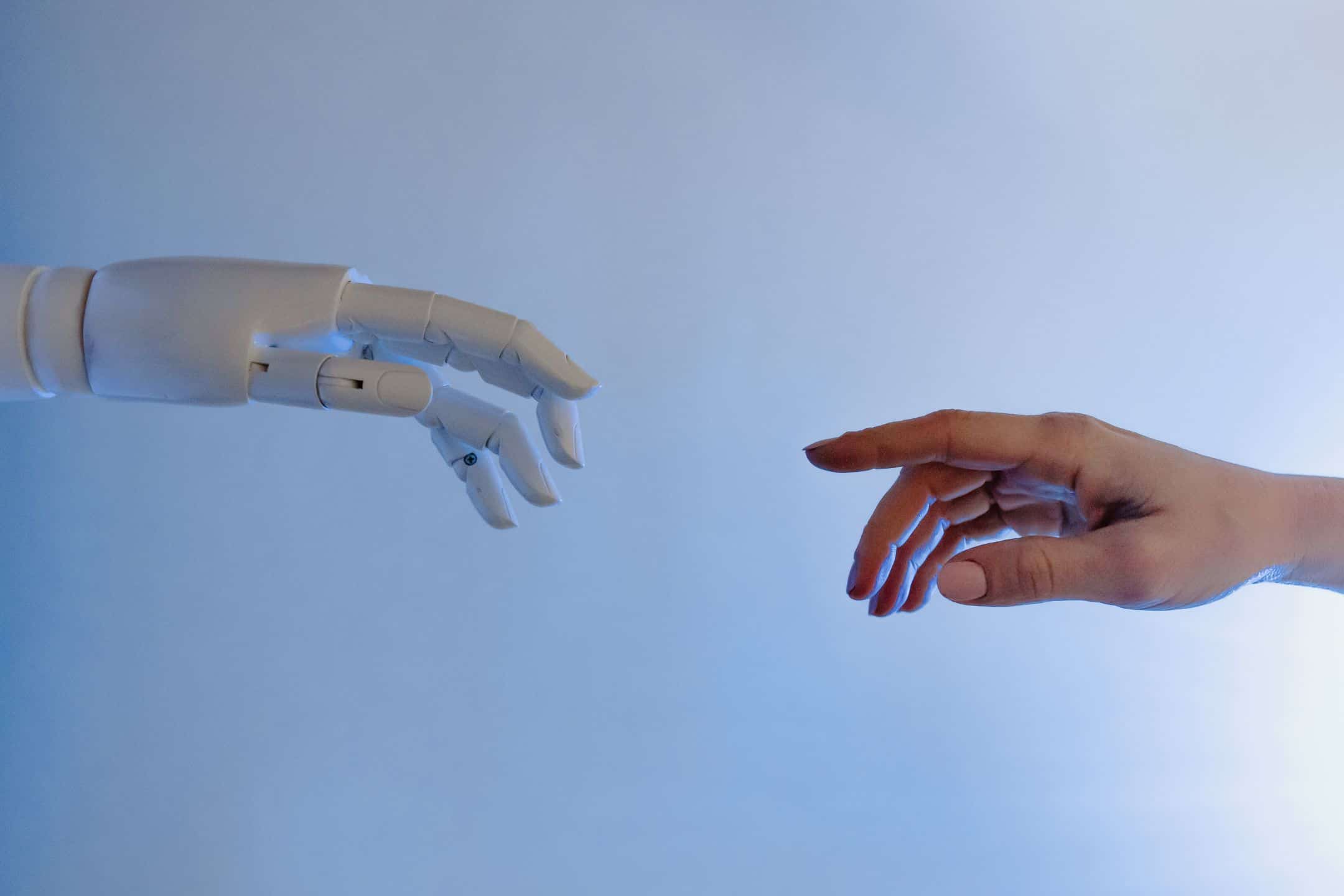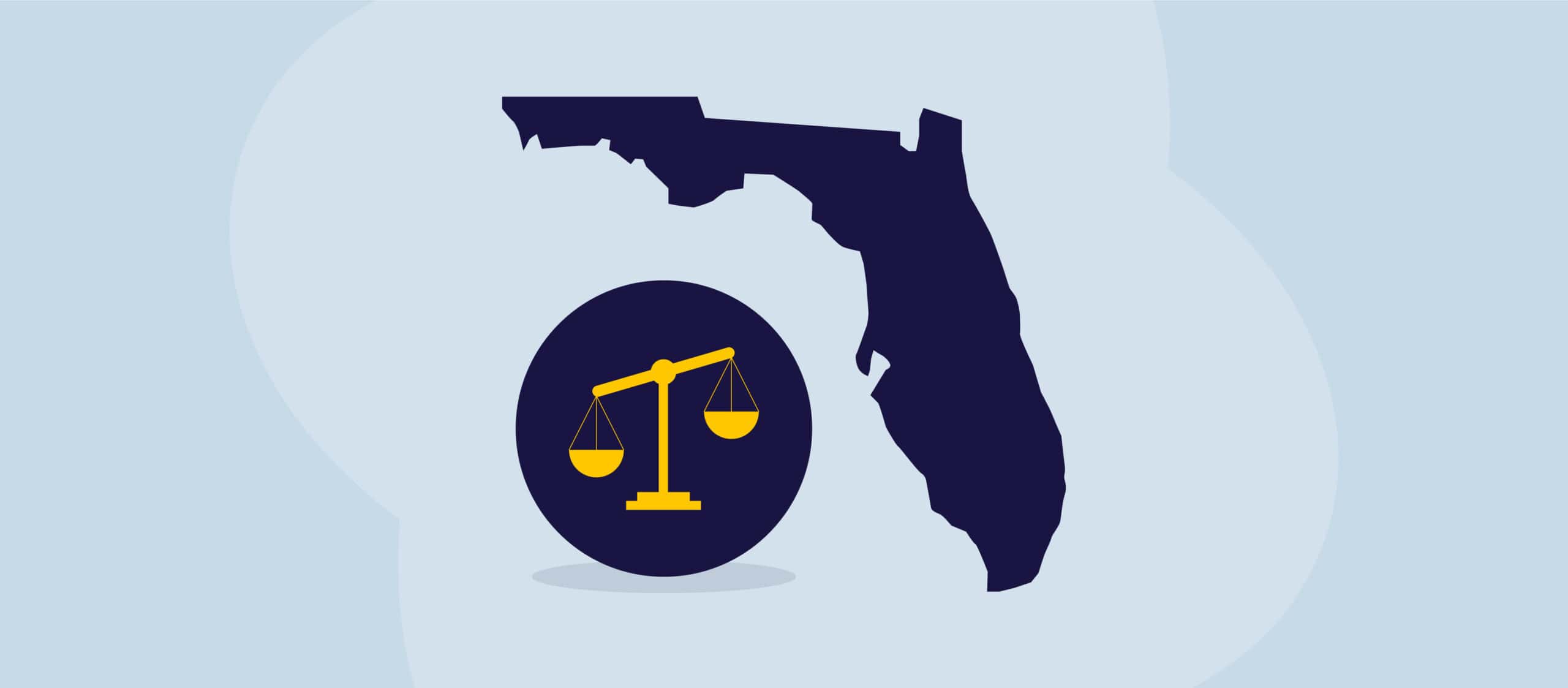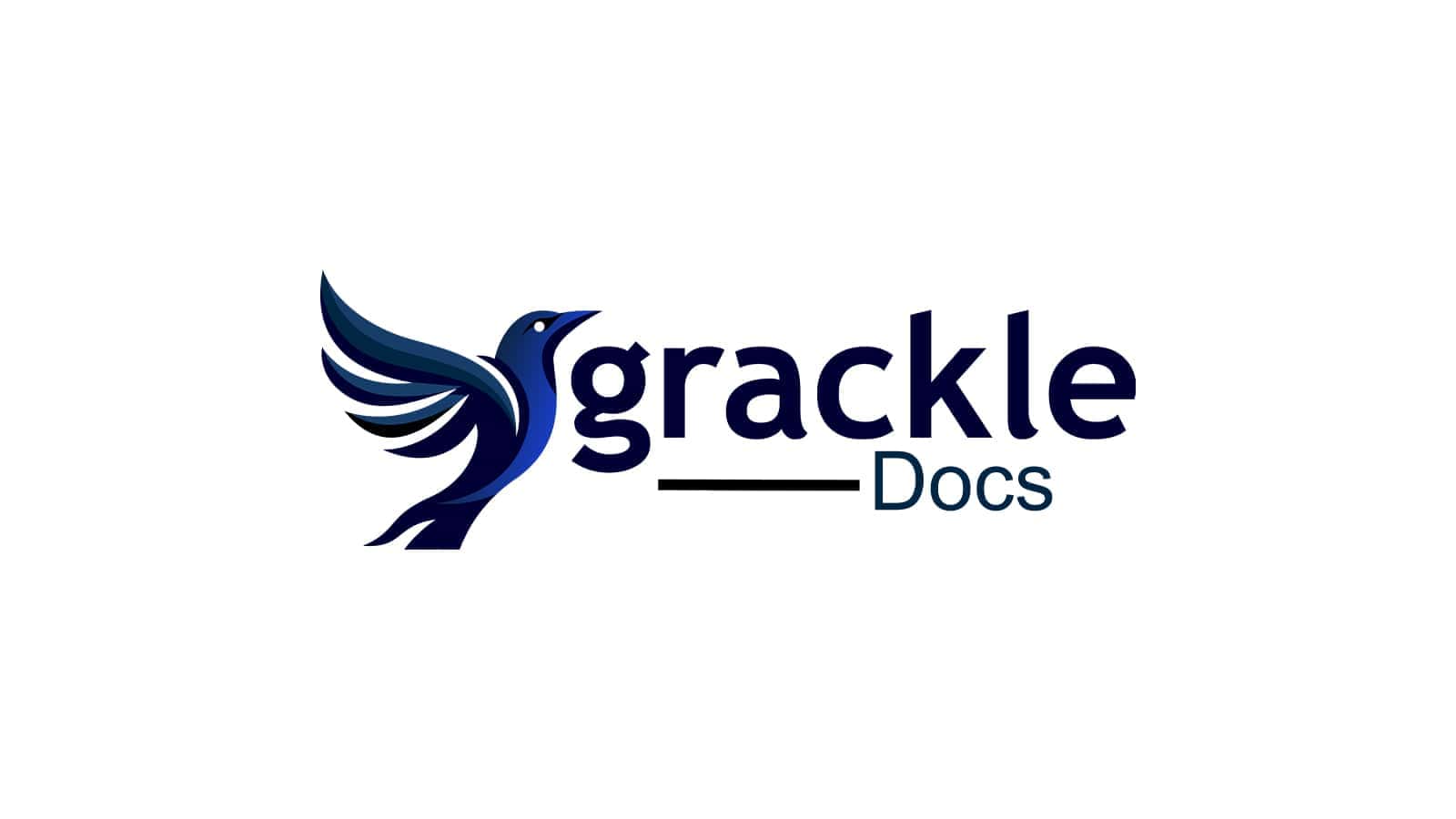If you’ve been following the AI revolution sweeping through every industry, you’ve probably wondered about your role in an increasingly automated world. Headlines scream about AI replacing jobs, automating complex tasks, and making human expertise obsolete. For accessibility professionals, this raises an uncomfortable question: If AI can scan documents, identify accessibility issues, and even suggest fixes, what happens to the human experts who’ve built their careers on this knowledge?
The short answer is that AI won’t replace accessibility experts. In fact, it will make them more valuable than ever.
But let’s dig deeper into why this is true and why it’s great news for everyone who cares about creating truly inclusive digital experiences.
The Reality Check: What AI Can and Can’t Do Today
Before we get carried away with either AI anxiety or AI enthusiasm, let’s ground ourselves in reality. Today’s AI accessibility tools are impressive, but they’re far from perfect.
AI excels at scanning and processing large volumes of content quickly. It can identify common accessibility issues, such as missing alt text or poor color contrast, with remarkable speed and consistency. These tools can apply consistent formatting and handle basic remediation tasks without getting tired or making careless mistakes. They’re excellent at recognizing patterns across thousands of documents and processing repetitive tasks that would exhaust any human reviewer.
However, AI struggles significantly with understanding context and user intent. It struggles to make nuanced decisions about complex accessibility scenarios and lacks adaptability to unique accessibility needs and workflows. Most importantly, AI lacks the empathy and user-centered thinking that makes accessibility truly effective. It can’t navigate the gray areas where accessibility guidelines meet real-world constraints.
Think of current AI as a very sophisticated spell-checker. It’s excellent at catching obvious errors and applying standard rules, but it can’t write your content for you or understand whether your message actually makes sense to your audience.
The Human Edge: Why Accessibility Needs More Than Algorithms
Accessibility isn’t just about following a checklist. It’s about creating experiences that truly serve people with disabilities, and requires something AI simply doesn’t possess: human understanding.
When an accessibility expert reviews a document, they’re not just checking boxes. They’re thinking about Maria, who uses a screen reader to navigate financial reports for her job. They’re considering James, who has cognitive disabilities and needs clear, simple language to understand important healthcare information. They’re imagining Sarah, who has limited mobility and relies on keyboard navigation to complete online forms.
AI can identify that a heading structure is incorrect, but it takes human insight to understand how that impacts a real person trying to accomplish a real task. Empathy and user-centered thinking cannot be replicated by algorithms, regardless of how sophisticated they become.
Accessibility guidelines provide a framework, but they can’t account for every situation:
- Should this decorative image have alt text?
- How do we make this complex data visualization accessible without losing its impact?
- When is it appropriate to use a specific ARIA label?
These decisions require understanding context, weighing trade-offs, and sometimes making judgment calls that go beyond what any algorithm can determine. They need the kind of nuanced thinking that comes from experience, training, and, most importantly, an understanding of the human experience of disability.
Some of the best accessibility solutions come from creative thinking:
- How do you make a corporate presentation accessible to someone who is blind?
- How do you ensure that a complex interactive website works for users with cognitive disabilities?
These challenges require innovation, creativity, and the ability to think outside the box. These are distinctly human capabilities that no current AI system can replicate.

The Collaboration Advantage: When Humans and AI Work Together
But here’s where things get exciting. Instead of replacing human expertise, AI can amplify it in remarkable ways.
Imagine an accessibility expert who can review 1,000 documents in the time it used to take to review 10. Picture someone who can spot patterns and inconsistencies across an entire organization’s content library while focusing their time on complex, high-impact accessibility challenges instead of routine scanning. Think about providing more strategic guidance because AI handles the tactical execution, or scaling expertise across larger teams and projects.
This scenario isn’t science fiction. It’s happening right now. Organizations are discovering that the most effective accessibility programs combine AI efficiency with human insight.
Consider the example of a large university that needed to remediate thousands of course documents. In this example, AI tools handle the initial scanning and basic fixes, correct heading structures, add basic alt text, and identify color contrast issues. But accessibility experts guide the process, make the complex decisions about content structure, and ensure that the remediated documents actually serve students with disabilities effectively.
The result? A project that would have taken years is completed in months, yielding higher-quality outcomes than either AI or humans could have achieved alone.
The “Augmented Intelligence” Potential
When we combine human expertise with AI capabilities, we don’t just get faster accessibility work. We get better accessibility work. AI handles the routine tasks that can bog down experts, freeing them to focus on strategy, innovation, and the complex challenges that truly require human insight.
This collaboration creates what we like to call “Augmented Intelligence” accessibility professionals. These are experts who can work at unprecedented scale and speed while maintaining the human judgment that makes accessibility truly effective.
Looking Forward: An Exciting Future for Accessibility Professionals
Rather than threatening accessibility careers, AI is creating new opportunities. With AI handling tactical execution, accessibility professionals can focus on strategy, program development, and organizational change management. Experts can develop deep expertise in specific areas like cognitive accessibility, emerging technologies, or industry-specific challenges.
Every organization needs help and guidance on how to implement AI tools effectively and maintain human oversight of accessibility programs. Someone needs to push the boundaries of what’s possible in accessibility, and that requires human creativity and vision, and that someone could be you. Consultative and training opportunities, along with innovation leadership roles, represent the future of accessibility careers.
What This Means for Your Organization
Whether you’re an accessibility professional or an organization looking to improve your digital inclusion efforts, the message is clear: the future belongs to human-AI collaboration, not AI replacement.
For accessibility professionals, this means embracing AI as a powerful assistant that can amplify your expertise and free you to focus on the work that truly requires human insight. For organizations, it means investing in both AI tools and human expertise. The most effective accessibility programs will combine the efficiency of AI with the judgment and creativity of skilled professionals.
For everyone else, it means recognizing that creating truly inclusive digital experiences requires more than just following rules. It requires understanding, empathy, and the kind of nuanced thinking that only humans can provide.
The future of accessibility isn’t about choosing between humans and AI. It’s about combining the best of both to create digital experiences that truly serve everyone. And that’s great news for accessibility professionals and the millions of people who depend on accessible digital content every day.



